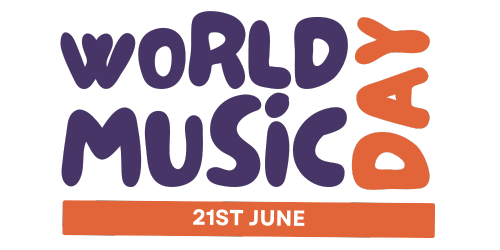The integration of technology into music education offers transformative possibilities, from expanding the repertoire of teaching tools to facilitating innovative learning experiences. By leveraging specific technologies, educators can enhance the effectiveness of their teaching and provide students with engaging, interactive learning opportunities. This guide explores practical and specific suggestions for incorporating technology into music education for both primary/elementary and secondary levels.
Digital Audio Workstations (DAWs)
1. Utilizing DAWs for Composition and Music Production: Digital Audio Workstations, such as GarageBand, Ableton Live, and FL Studio, enable students to compose, record, and produce music. These platforms offer a hands-on approach to learning about musical structures, arranging, and the technical aspects of sound production. Teachers can create assignments that allow students to explore different genres, mix tracks, and even collaborate on projects remotely.
Music Learning Apps and Websites
2. Incorporating Apps for Theory and Ear Training: Apps like Tenuto, Musictheory.net, and Yousician provide interactive lessons on music theory, ear training, and instrument practice. These applications offer a range of exercises from basic note recognition to complex chord progressions, catering to different skill levels and allowing for personalized learning paths.
3. Interactive Notation Software: Programs such as Noteflight and MuseScore allow students to compose and notate music digitally. These tools enable students to see the immediate playback of their compositions, making the learning process both visual and auditory. Teachers can use these platforms for assignments, encouraging students to experiment with composition and arrangement.
Online Resources and Virtual Learning
4. Exploiting Online Video Resources for Instruction and Inspiration: Platforms like YouTube host countless tutorials, performances, and masterclasses on virtually every instrument and music topic. Educators can curate playlists of videos to supplement lessons, introduce students to new genres and techniques, and connect them with professional musicians’ insights.
5. Virtual Instruments and Simulators: Web-based simulators and apps offer virtual versions of instruments, allowing students without access to physical instruments to participate in music-making. Websites like Virtual Piano or apps like GarageBand provide a platform for practicing keyboard skills, understanding melody and harmony, and even arranging full compositions.
Collaborative Technologies
6. Cloud-Based Collaboration Tools: Google Drive and Soundtrap facilitate collaborative music projects where students can work together in real-time, regardless of their location. These platforms are ideal for group compositions, ensemble arrangements, and feedback sessions, fostering a sense of community and teamwork among students.
Augmented Reality (AR) and Virtual Reality (VR)
7. Implementing AR and VR in Music Education: Augmented and Virtual Reality technologies can create immersive learning experiences, from virtual field trips to orchestras and opera houses to interactive music theory lessons where elements of music are visualized in three-dimensional space. Apps like QuaverMusic offer AR experiences for younger students, making learning about music fun and engaging.
Assessment and Feedback Tools
8. Digital Assessment Tools: Platforms like Showbie or Google Classroom allow educators to distribute, collect, and grade assignments digitally. These tools can streamline the assessment process, provide students with timely feedback, and facilitate portfolio creation to track progress over time.
Conclusion
The integration of technology into music education opens up a world of possibilities for enhancing teaching and learning. By selecting the right tools and resources, educators can create an engaging, interactive, and inclusive learning environment that caters to the diverse needs of their students. Whether through composition software, interactive theory apps, or virtual collaboration platforms, technology can significantly enrich the music education experience, preparing students for a future where digital literacy is intertwined with artistic expression.
